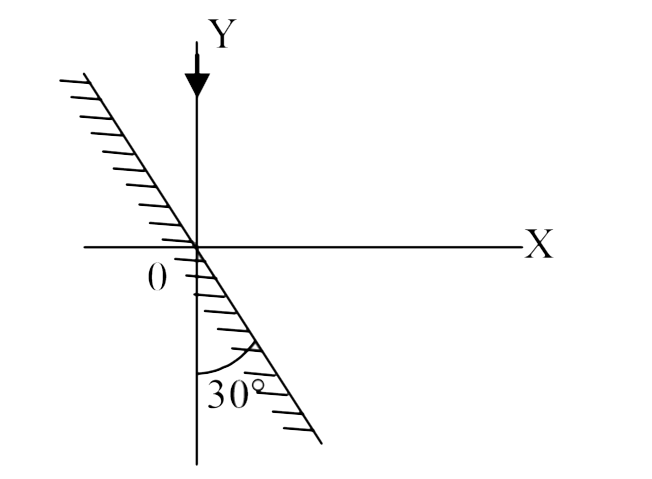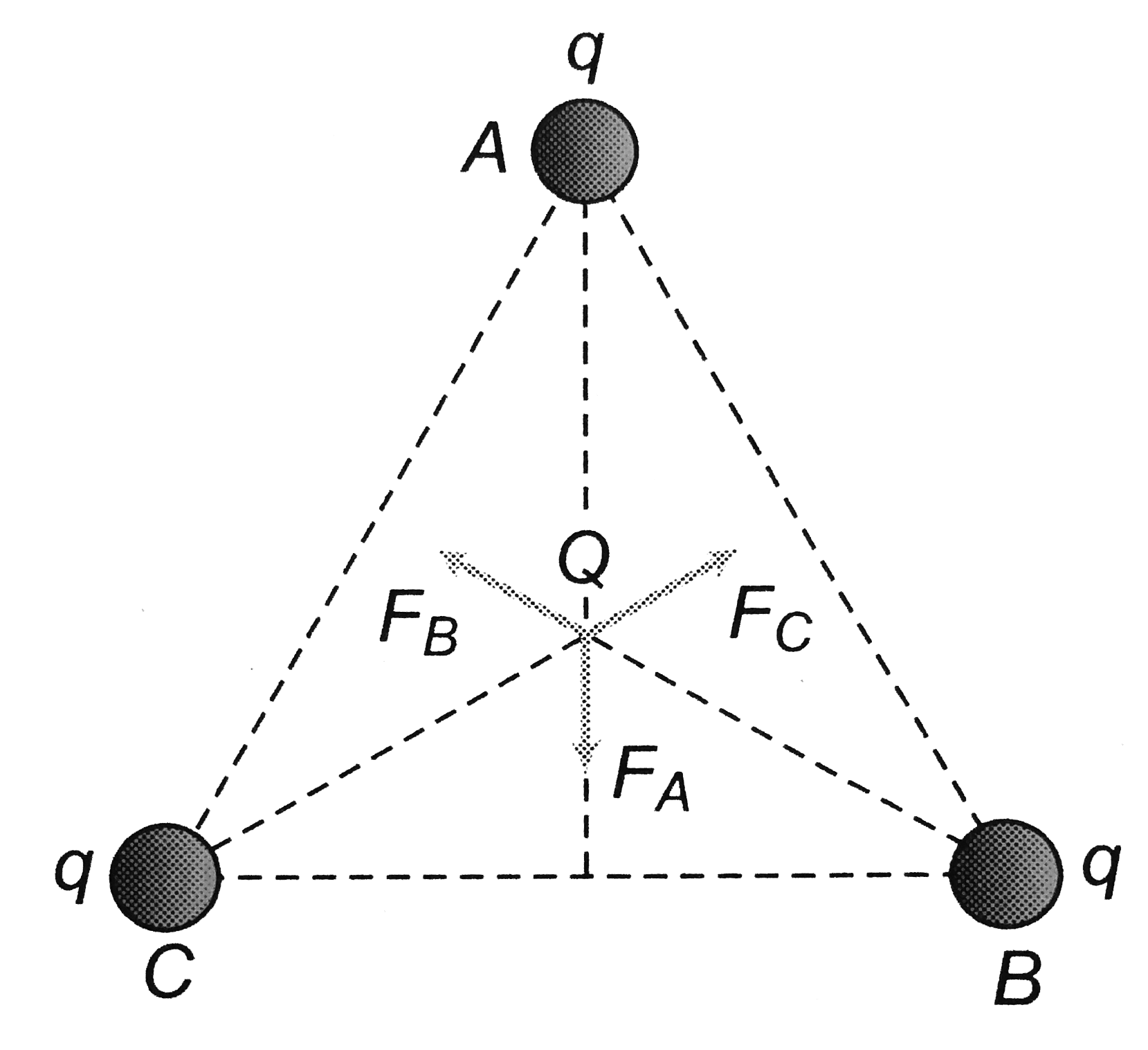State superposition for electrostatic force on a charge due to a number of charges.
The principle of superposition states that total force on a given charge is the vector sum of the individual forces exerted on it by all other charges, the force between two charges being exerted in such a manner as if all other charges were absent.
→F=−→F12+−→F13+......+−−→F1N
Similar Questions
Knowledge Check
- Question 1 - Select One
Assertion :The force with which two charges attract or repel each other are not affected by the presence of a third charge.
Reason : Force on any charge due to a number of other charges is the vector sum of all the forces on that charge due to other charges, taken one at a time.AIf both assertion and reason are true and reason is the correct explanation of assertion.BIf both assertion and reason are true but reason is not the correct explanation of assertion.CIf assertion is true but reason is false.DIf both assertion and reason are false. - Question 2 - Select One
Positive point charges are placed at the vertices of a star shape as shown in the figure. Direction of the electrostatic force on a negative point charge at the centre O of the star is
 Atowards rightBvertically upCtowards leftDvertically down
Atowards rightBvertically upCtowards leftDvertically down - Question 3 - Select One
Three charges each of magnitude q are placed at the corners of an equilateral triangle, the electrostatic force on the charge place at the centre is (each side of triangle is L)
 AZeroB14πε0q2L2C14πε03q2L2D112πε0q2L2
AZeroB14πε0q2L2C14πε03q2L2D112πε0q2L2
Electrostatics - Charge
View SolutionA ring of radius R carries a charge +Q, which is uniformally distributed on the surface of the ring. The electrostatic force acting on a charge +q situated at the centre of ring is zero.
View SolutionThe electrostatic force between two charges is a central force. Why?
View SolutionIn fig. a central particle of charge −q is surrounded by two circular rings of charged particle of radii r and R, with Rgtr. what is the magnitude and dirction of the net electrostatic force on the central particle due to the other particles?
 View Solution
View SolutionA point charge +Q is placed at the centroid of an equilateral triangle. When a second charge +Q is placed at a vertex of the triangle, the magnitude of the electrostatic force on the central charge is 8 N. The magnitude of the net force on the central charge when a third charge +Q is placed at another vertex of the triangle is
View Solution

